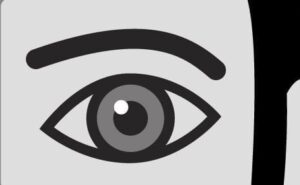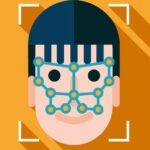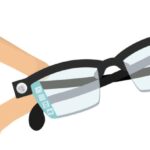“[Orion is] a visual cortical prosthesis, comprised of an implant designed to communicate with a pair of smartglasses with an affixed camera.”

California-based Second Sight is developing potentially groundbreaking medical technology that could help the blind to see again, and is planning to experiment with facial recognition and eye tracking technologies to further enhance its solution.
The company’s key product is called Orion. It’s a visual cortical prosthesis, comprised of an implant designed to communicate with a pair of smartglasses with an affixed camera. The camera delivers visual data to a connected process, which then sends signals to the prosthesis, bypassing the eyes entirely in order to send visual data to the brain.
It isn’t exactly the same as the visual data processed in conventional vision, but an initial trial with six subjects at the Ronald Reagan UCLA Medical Center and Baylor College of Medicine found that it allowed participants to do things like locate people in front of them, navigate sidewalks, and sort light from dark laundry.
In a recent presentation to investors, Second Sight indicated that the 70,000 individuals comprising the addressable US market could represent a multimillion-dollar opportunity; and the company laid out a growth strategy involving further R&D that could incorporate facial recognition, thermal imaging, and eye tracking. Given the sophistication of current computer vision systems, it’s a strategy that could well pay off in important ways for the Orion solution and its many potential users in the future.
Among Second Sight’s next steps will be to enhance the Orion components for another trial, with the aim of getting the solution designated as an FDA Breakthrough Device to expedite its commercialization process.
–
June 3, 2019 – by Alex Perala








Follow Us